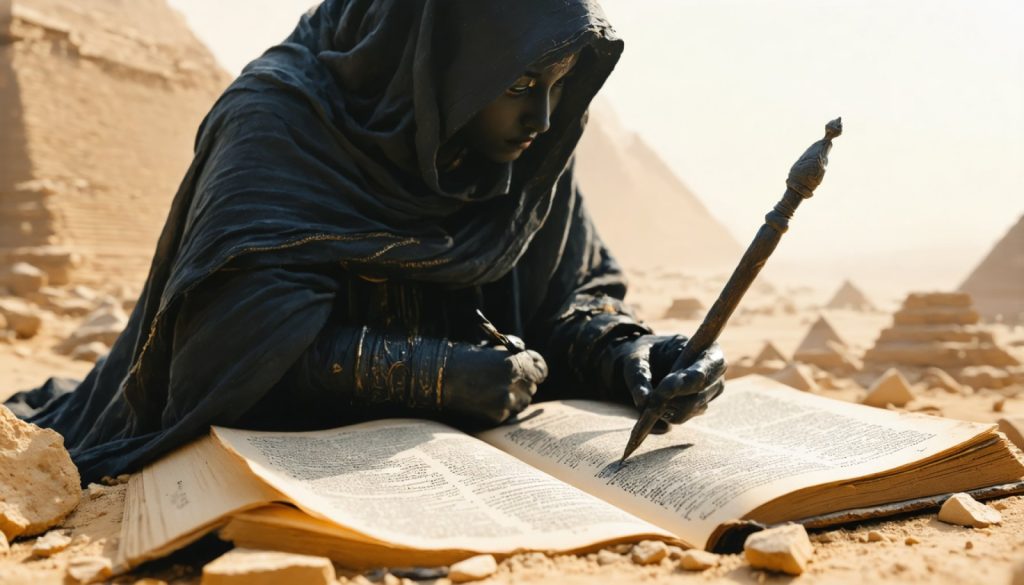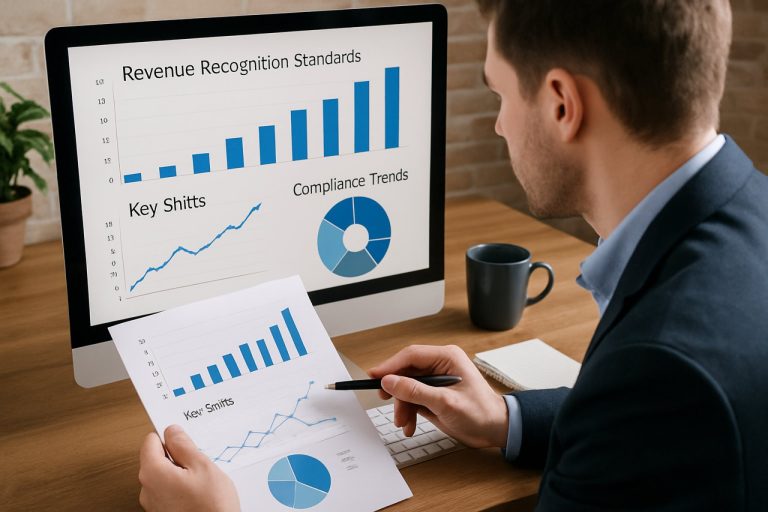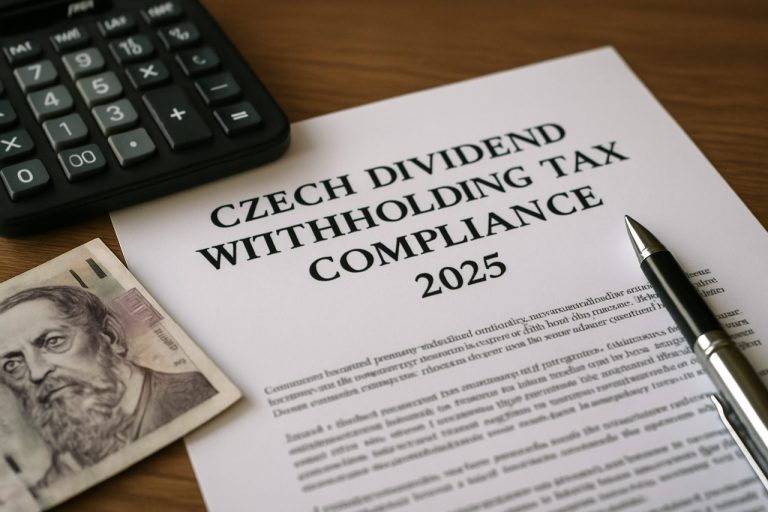
- Egypt’s copyright law protects and promotes intellectual property, fostering creativity and innovation.
- Law No. 82 of 2002 ensures creators’ rights with protection lasting the author’s lifetime plus 50 years.
- Copyright covers a diverse range of works, from literature and art to scientific advancements.
- While piracy presents challenges, digital advancements offer new global opportunities for creators.
- Regulatory bodies and public awareness campaigns reinforce the significance of respecting intellectual property.
- Egypt’s legal framework serves as a beacon for artistic expression and cultural advancement.
Dive into the world of Egyptian creativity, where history meets modernity under the protective veil of copyright law. Picture Cairo’s bustling streets, where artists ply their trade in vibrant markets, musicians fill the air with melodies, and authors craft compelling narratives. These creators fuel Egypt’s cultural renaissance, safeguarded by a robust legal framework that ensures their rights remain inviolable.
At the heart of Egypt’s copyright law lies a simple yet profound mission: to protect and promote intellectual property. Enacted through various legislative measures, including Law No. 82 of 2002 on the Protection of Intellectual Property Rights, this legal scaffolding strikes a balance between encouraging innovation and safeguarding the creators’ rights. The vibrant art scene, from ancient hieroglyphs to contemporary digital masterpieces, stands testament to the law’s enduring impact.
Under Egyptian law, a wide array of creative works, ranging from literary and artistic works to scientific advancements, receive protection. Creators enjoy exclusive rights to use, reproduce, and distribute their works. Such protection extends for the lifetime of the author plus an additional 50 years—empowering creators to focus on their craft without fearing unauthorized exploitation.
Imagine a filmmaker shooting a documentary against the backdrop of Egypt’s iconic pyramids, confident that their work will not be pirated. Consider the novelist penning a thriller set in the mysterious streets of Alexandria, assured that their literary art will remain their own. These creators embody a creative culture nurtured by laws designed to champion originality.
Despite these protections, challenges arise. The digital age has revolutionized and complicated the application of copyright law. Piracy lurks in the shadows, threatening creators’ livelihoods. However, technology also offers new avenues for creators to share their work with global audiences, transforming potential risks into opportunities.
The General Authority for Cultural Palaces and other regulatory bodies enforce copyright law, while public awareness campaigns emphasize its importance. By fostering respect for intellectual property, these initiatives seek to cultivate a society that values and respects creativity.
The takeaway is clear: Egypt’s copyright law is not merely a legal safeguard; it is a beacon encouraging artistic and innovative expression. As creators continue to shape the nation’s cultural landscape, they do so with the reassurance that their works and rights will be honored.
In a world where ideas are the currency of innovation, protecting one’s intellectual treasures has never been more vital. Through strong verbs and vivid imagery, we see Egypt’s copyright law as a guardian, ensuring its creators’ visions reach the shores of tomorrow, untouched and unhampered.
Unlocking Egypt’s Cultural Renaissance: Understanding Copyright’s Role in Protecting Creativity
Delve deeper into the vibrant intersection of Egyptian creativity and copyright law to uncover nuances that safeguard artists while promoting innovation. Let’s explore further aspects of Egypt’s copyright system, its challenges, and the future for creators.
Core Components of Egypt’s Copyright Law
1. Scope and Coverage: Beyond traditional arts, Egypt’s copyright law encompasses a broad range of works, including software, architectural designs, and even folk art expressions. This demonstrates the law’s inclusivity and adaptability to evolving creative forms.
2. Duration of Protection: Many countries follow a similar protection model. The lifetime of the author plus 50 years is an approach that aims to ensure artists’ works remain lucrative and under their control for a significant time.
3. Moral Rights: Beyond economic gains, creators in Egypt enjoy moral rights, allowing them to protect the integrity and ownership of their work even after transferring economic rights.
Challenges in the Digital Realm
– Digital Piracy: The rise of the internet and digital dissemination has made piracy a pressing challenge for Egyptian creators. Countering this requires a dynamic legal approach and continuous technological safeguards.
– Cross-Border Infringement: Global access to Egyptian works necessitates international cooperation to tackle copyright infringements originating beyond national borders.
Industry Trends and Market Forecasts
– Integration of Technology: Digital platforms are increasingly enabling Egyptian artists and authors to reach global audiences. For instance, platforms like YouTube and Spotify are pivotal for musicians, while writers benefit from Amazon’s Kindle Direct Publishing.
– Growth of the Creative Industry: The copyright framework is instrumental in supporting a growing creative economy, fueling sectors such as tourism, media, and entertainment, which are integral to Egypt’s GDP.
How-To Steps for Protecting Creative Works
– Registration: Although not mandatory, registering a work with the relevant authorities can provide additional legal protection and ease enforcement of rights.
– Digital Rights Management (DRM): Implementing DRM technologies can help maintain control over how digital works are used and distributed.
– Awareness and Education: Creators should be informed about their rights and the mechanisms available for protection and enforcement, including seeking legal counsel when necessary.
Real-World Use Cases
– Film and Media: Successful examples include Egyptian cinema and television, where strong copyright protections have facilitated international collaborations and distribution.
– Publishing Industry: There’s a rise of self-publishing authors in Egypt who can leverage copyright to maintain full control over their literary works.
Actionable Recommendations
1. Utilize Online Platforms: Creators should harness digital tools to monitor and enforce their copyright globally.
2. Collaborate with Legal Experts: Engage with intellectual property lawyers to secure and manage rights efficiently.
3. Enhance Public Awareness: Participation in educational programs about copyright can empower creators to better protect their works.
Conclusion
Egypt’s commitment to a robust copyright framework not only protects its rich tapestry of artistic expression but also aligns with international standards to promote a thriving creative sector. As creators navigate the digital age, understanding and leveraging their rights will be pivotal in ensuring their contributions leave a lasting legacy.
For more insights and resources on protecting your creative works, visit the World Intellectual Property Organization.



